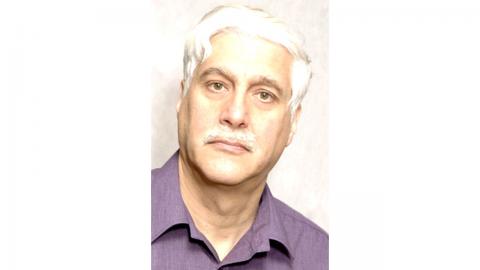- Sarah Alanazi
- Mauricio Ardiliez-Diaz
- Alessandro Barone
- Ciara Byers (DISCnet)
- Giorgio Cerro
- Adam Chalabi
- Matthew Chapman (SEPnet/NExT scholar, joint with Bristol experiment)
- Jacan Chaplais
- William Clemens
- Azaria Coupe (SEPnet scholar)
- Jesus Cruz Rojas
- Henry Day-Hall (NGCM/DISCnet/ECS student)
- Stefan Druc
- David Englert (NExT scholar, joint with QMUL experiment)
- Kareem Farrag (NExT scholar)
- Mario Fernandez-Navarro
- Billy Ford (DISCnet)
- Adam Kim Forster
- Jack Foster
- Arran Freegard (NExT scholar, joint with QMUL experiment)
- Bowen Fu
- Ross Glew
- Ryan Hill (DISCnet)
- Jack Holden
- Shubhani Jain
- Matthew Kellet
- Adam Kim Forster (DISCnet)
- Simon King
- Huchan Lee
- Daniel Locke (with ECS)
- Yi Liu
- Vlad Mandric
- Franisco Martinez-Lopez
- Jack Mitchell
- Alex Mitchel-Lister
- Susana Molina Sedgwick (NExT scholar, joint with QMUL experiment)
- Rajnandini Mukherjee
- Adam Murphy (with NGCM)
- Hynek Paul
- Elena Perdomo Mendez
- Nick Prouse (NExT scholar, joint with QMUL experiment)
- Callum Radley-Scott
- James Richings
- Costas Rigatos
- Ronnie Rodgers
- Sam Rowley
- Matthew Russel
- Giovanna Salvi (NExT scholar, shared with RAL PPD)
- Michele Santagata
- Muyuan Song
- Dalius Stulga
- Nakom Thongyoi
- Matthew Ward
- Charles Woodward (DISCnet, joint with Maths)

Christopher T. Sachrajda (FRS)
Professor

Douglas A. Ross (FRS)
Professor